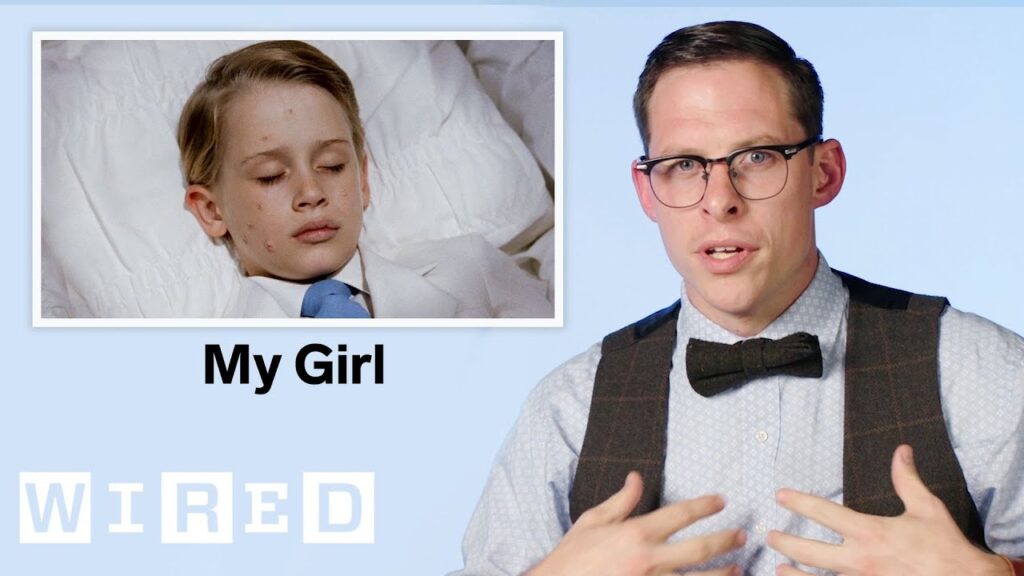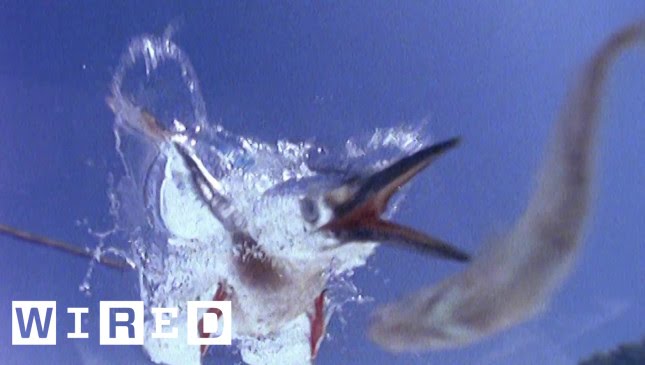Trauma Surgeon Critiques Medical Scenes in TV and Movies
Summary
In this transcript, a trauma surgeon critiques the inaccuracies of depicting medical scenes in TV and movie. The surgeon highlights flaws in the portrayal of gunshot wounds and colonoscopies, sleeping in hospitals, the Heimlich manoeuvre, virtual reality test runs, and robot-assisted surgery. The writer also emphasises the significance of calling 911 in case of emergencies and not to remove impaled objects from patients.
Table of Contents
- The inaccuracies of medical depictions in TV and movies
- Importance of Emergency Medical Services
- The need to use professional medical interpreting services
- Misleading portrayals of respiratory support
- Hypothermia and Ketones
- Suturing techniques
- Conclusion
Introduction
It’s no secret that medical shows have long been one of the most popular genres of TV and movies. From Grey’s Anatomy to House to ER, viewers have been fascinated by the complex and often dramatic world of medicine. However, while these shows may be entertaining, many of them fall short when it comes to accurately portraying medical scenarios. That is where the expert opinion of a trauma surgeon comes in handy.
Q&A
Q. What are some of the most common inaccuracies in medical depictions in TV and movies?
A. One of the most significant inaccuracies I have noticed is the portrayal of gunshot wounds. In real life, gunshot wounds are often messy and cause severe trauma to the body. Moreover, in many shows, the doctor simply removes the bullet and stitches up the wound, but in reality, gunshot wounds require much more complex surgeries to repair. Another inaccuracy is the portrayal of colonoscopies. The preparation for this test is often underrepresented, and the amount of air used to distend the colon can often be exaggerated.
Q. Can you explain the importance of Emergency Medical Services?
A. In case of an emergency, calling 911 is crucial. In some instances, those who do not call the emergency hotline end up waiting for critical care, which can lead to worsened health outcomes or even death. Therefore, it is of the utmost importance to call 911 as soon as possible.
Q. Why is it recommended to use professional medical interpreting services?
A. While it may be tempting to rely on friends and family members to convey medical information to patients, it is not always a good idea. Often, especially in complex medical cases, having a professional medical interpreter present can help ensure that the patient fully understands what is happening, and that the medical team is fully informed of the patient’s condition.
Q. How are respiratory support measures such as Non-rebreather, High-flow nasal cannula, BiPA, intubation, and ECMO portrayed inaccurately?
A. Many TV shows have portrayed intubation as a quick fix for respiratory problems, but in reality, it is a complex procedure that should not be rushed. In addition, intubation and chest compressions can lead to the aerosolization of COVID-19, making it risky for healthcare staff. High-flow nasal cannula, proning, and supplemental oxygen are other measures that should not be overlooked in respiratory support.
Q. What are hypothermia and ketones?
A. Hypothermia is a dangerous condition that can occur when the body temperature drops below normal. On the other hand, ketones are substances produced by the body when it breaks down fat for energy. Both of these conditions can have serious impacts on an individual’s health.
Q. Can you explain the process of medical suturing?
A. Suturing is a technique that is often used to close wounds. The process involves cleaning the wound, then carefully aligning the edges before closing it with small stitches. If done properly, suturing can help to minimize scarring and promote faster healing.
Conclusion
This article emphasizes the need for more accurate medical depictions in TV and movies. By correcting some of the inaccuracies that have been portrayed, people can have a better understanding of the real-life scenarios that happen in hospitals. The article also emphasizes the importance of Emergency Medical Services, the need to use professional medical interpreting services, and the risks associated with aerosolization of respiratory problems. The article also discusses hypothermia, ketones, and suturing techniques, highlighting their importance in the medical field. Ultimately, it is crucial that TV and movie makers recognize the impact that their portrayals can have on people’s perceptions of healthcare and be more mindful of the accuracy of the content they create.







